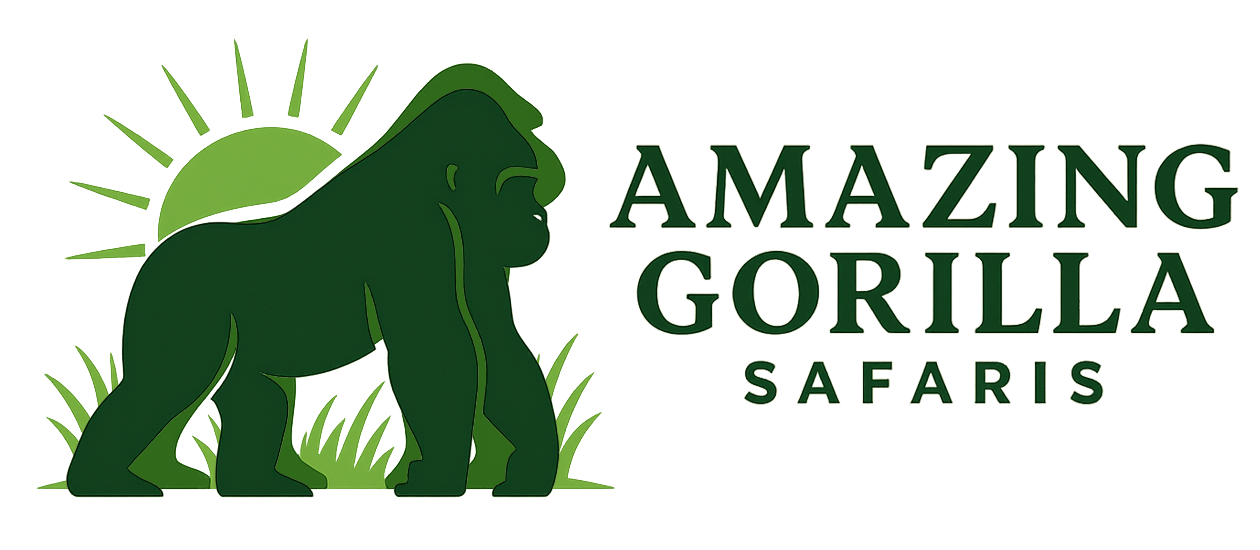Maiko National Park: Congo’s Remote Rainforest Wilderness
Deep in the heart of the Democratic Republic of Congo, far from the main travel routes and tourist circuits, lies one of Africa’s most mysterious and least-explored protected areas—Maiko National Park. Covering over 10,000 square kilometers, this vast expanse of lowland rainforest is one of the most biologically important areas in Central Africa. Isolated, remote, and rarely visited, Maiko is a sanctuary for rare and endangered species that are found almost nowhere else on Earth, making it a place of immense conservation value and intrigue for adventurous travelers.
The park is dominated by dense equatorial rainforest, a humid and impenetrable wilderness where towering trees form a thick canopy and the forest floor remains dark and alive with hidden sounds. Rivers carve through the park, feeding tributaries of the mighty Congo River, while swamps, valleys, and rugged terrain add to the diversity of habitats. This landscape provides shelter to some of Africa’s rarest wildlife, much of which is still little studied due to the remoteness of the park.
Among Maiko’s most remarkable residents is the okapi, an elusive and iconic species often described as a “forest giraffe.” With its zebra-like stripes and graceful movements, the okapi is a symbol of the Congo’s biodiversity, and Maiko is one of its last strongholds. The park is also home to the eastern lowland gorilla, the largest gorilla subspecies, which survives in small populations within the forest. Other primates, including chimpanzees and colobus monkeys, thrive in the treetops, adding to the park’s primate richness.
Equally significant are the forest elephants, which play a crucial role in shaping the ecosystem. Their movements through the dense vegetation create clearings and pathways that benefit countless other species. Leopards, bongos, and numerous smaller mammals inhabit the undergrowth, while birdlife is abundant, with rare and endemic species still being recorded in the park’s vast expanse. For scientists and conservationists, Maiko remains a frontier—a place where discoveries are still being made.
Despite its extraordinary biodiversity, Maiko National Park is not yet a mainstream tourist destination. Its isolation, combined with logistical challenges and historical instability in the region, has kept it largely inaccessible. Yet, this very remoteness has allowed the forest to remain pristine, unspoiled by mass tourism or development. For the few who do venture into Maiko, the reward is the chance to experience one of the most authentic and untouched rainforests in the world, where every sound and sight feels like stepping back into a primeval age.
The cultural richness around Maiko is just as compelling. Indigenous communities, including the Batwa people, have lived in harmony with the forest for generations, relying on its resources and holding deep spiritual connections to the land. Visiting Maiko is not just about encountering wildlife; it is also about understanding these ancient relationships between people and the rainforest.
For travelers, Maiko National Park represents the essence of true adventure. It is a destination for those who seek the undiscovered, who are drawn not to polished safari circuits but to raw, wild frontiers where nature still rules. While infrastructure is limited and journeys require resilience, the experience is unmatched—an immersion into one of the last great wildernesses of Africa.




